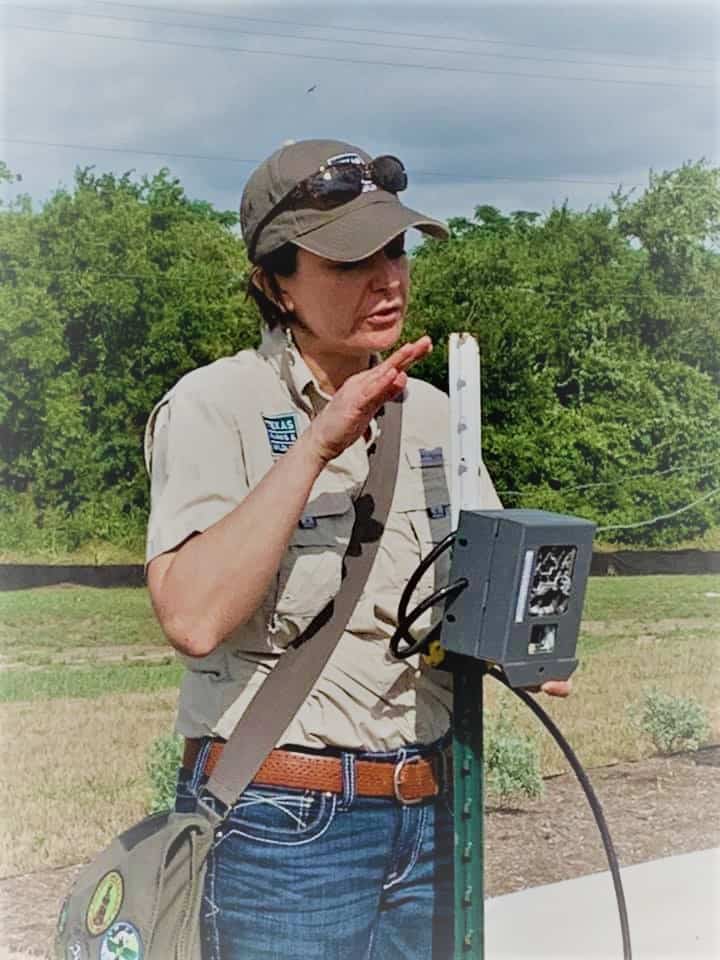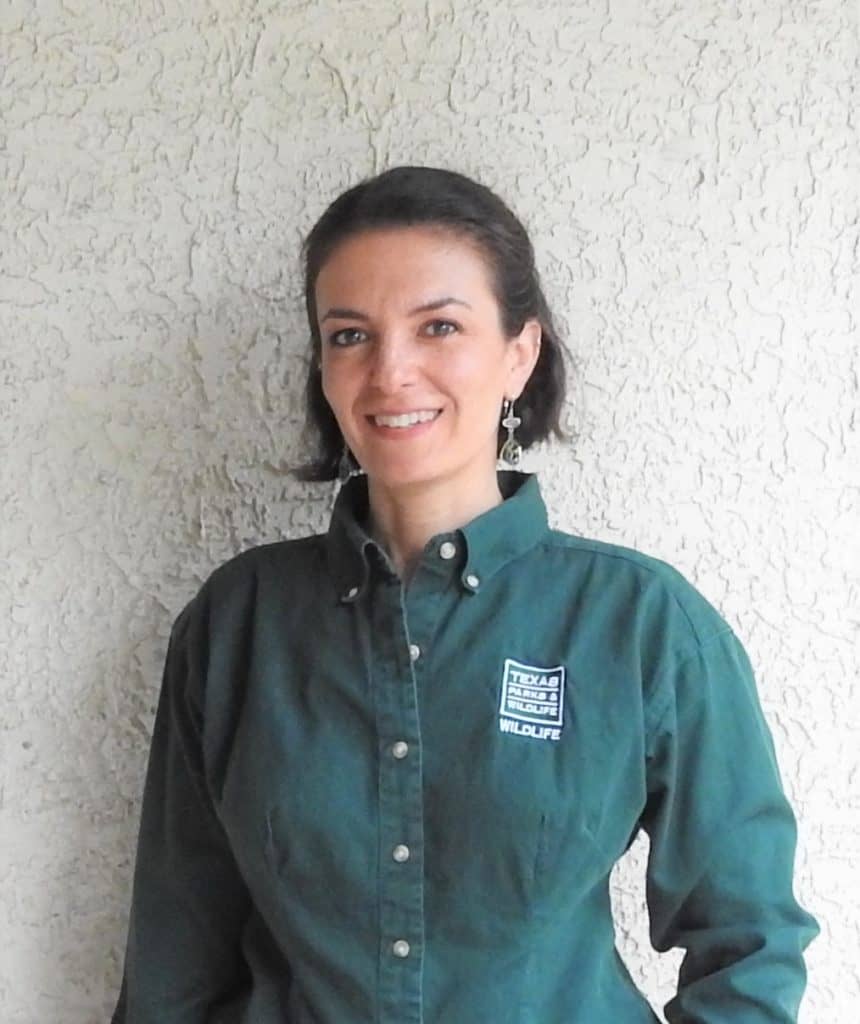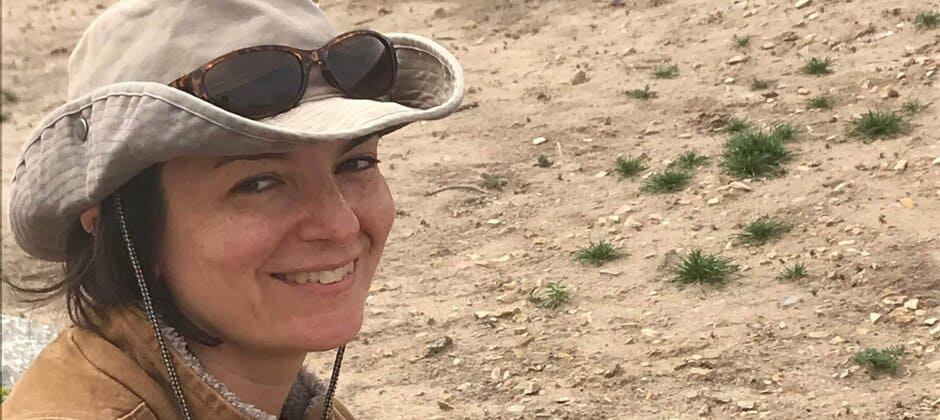Share this article
Wildlife Vocalizations: Tania Homayoun
Wildlife Vocalizations is a collection of short personal perspectives from people in the field of wildlife sciences.
I spent most of my childhood running around in the woods, loving nature and wildlife, and idolizing biologists like Jane Goodall. But I didn’t have any aspirations to be a wildlife biologist until I was in college. As the oldest child in my multicultural immigrant family, I was strongly encouraged to start a career in a field where I would be “bettering human society”—by which the adults around me generally meant careers directly working with people, not nature.
When I was going into middle school, we moved from the forests of the East Coast to the grassland landscapes of north Texas, and I quickly fell in love with the vast skies and waving stands of wildflowers that had somehow survived the bulldozers around our newly built house. I still remember the day I got off the bus one afternoon and saw my favorite field. Just that morning it was dotted red and yellow with native firewheel, alive with bees, butterflies and birds, but now it was bristling with developers’ flagging. I felt angry, heartbroken and betrayed that someone would destroy “my” field, but ultimately powerless to stop what society around me called progress.

Homayoun conducts a Texas Nature Trackers “Camera Trapping for Science” workshop for citizen/community scientists hosted by the Good Water Chapter of the Texas Master Naturalists in Williamson County, Texas in June 2019. This workshop is part of a camera trap loan program that provides resources for Texas Master Naturalist chapters to conduct their own camera trap project and share resulting data with Texas Nature Trackers’ iNaturalist projects.
Credit: Good Water Chapter of the Texas Master Naturalists
It was recalling this moment—and the emotions around it—that led me to focus on conservation biology and urban ecology years later in college, and subsequently, graduate school. While I had started college with very different plans for a major, I was irresistibly drawn to wildlife biology through ornithology, entomology, ecology and field classes but unsure of what direction to take. The memory of that lost wildflower field brought me to the realization that I, myself, had been part of the process of land use change when my own family’s house had been built. It also solidified my belief that we can, and must, balance the needs of natural and human communities for both to thrive into the future, and that we all have a part we can play no matter how modest.

Homayoun works to engage community/citizen scientists across the state of Texas to protect and enhance native ecosystems.
Credit: Tania Homayoun, Texas Parks & Wildlife
That small, personal, lived experience anchored me through the ups and downs of school and reoriented my compass when at times I felt adrift in my early career. While I came to this field in a bit of a roundabout way, I feel fortunate for the opportunities and experiences that led me to where I am today: engaging community/citizen scientists across the state of Texas to protect and enhance native ecosystems throughout our diverse landscapes.
Learn more about Wildlife Vocalizations, and read other contributions.
Submit your story for Wildlife Vocalizations or nominate your peers and colleagues to encourage them to share their story.
Header Image: Homayoun spends a day with Texas Parks and Wildlife urban wildlife biologist Lois Balin at Rio Bosque Wetland Park in El Paso, Texas in March 2020, checking on artificial burrow habitats for burrowing owls (Athene cunicularia). Credit: Lois Balin, Texas Parks & Wildlife








